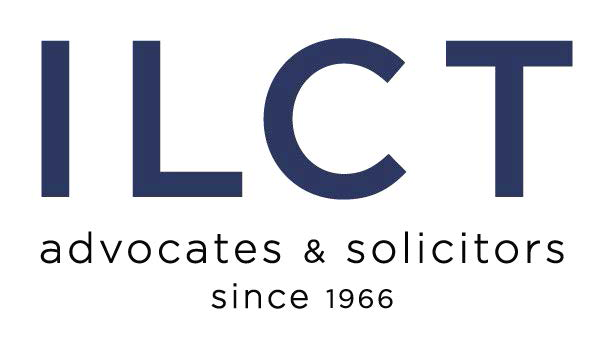Guideline for holding the AGM via a video conference
Due to the impracticality made by the Announcement of National Council for Peace and Order No. 74/2557 on Electronic Media Conference, B.E. 2557 (2014), which imposed restrictions including: (1) 1/3 of the quorum must be present in the same place and (2) participants/attendants must be in the Kingdom at the same time. These restrictions were found to be conflicting with the current social distancing guideline imposed by the Emergency Decree on Public Administration in Emergency Situation B.E. 2548 (2005) and Communicable Diseases Act B.E. 2558 (2015) along with the WHO’s health guideline. As a result, many businesses had no option but to postpone their annual general meeting (AGM) until the crisis is mitigated.
To resolve the impracticality, the Thai government made an additional announcement on the Emergency Decree on Electronic Media Conference, B.E. 2563 (2020) which came into effect on April 19, 2020. The new announcement effectively lifted the previously mentioned (1) and (2) restrictions. Under this new regulation, 1/3 of quorum is no longer required to be at the same venue nor within the Kingdom during the AGM. Hence, meeting via video conferencing will now be valid.
Nonetheless, corporate entities must comply with the regulations issued by the Ministry of Information and Communication Technology on Security Standards for Electronic Media Conference, B.E. 2557 (2014). This announcement encompasses various regulations including meeting’s technical requirements and security guideline.
Technical Requirements
- Participants/attendants must have both video and audio access to the conference.
- Participants/attendants must be able to tele-communicate at all times during the conference.
- There must be basic video conferencing equipment/function available, such as: microphones, video cameras, projectors or shared-screen function etc.
- There must be equipment/function to reduce interference during the video conference, such as: noise-filtering and video buffering.
- The meeting administrator has the ability to halt, pause or modify the video conference as appropriate.
Security Guideline
- There must be a sufficient identification, verification and authorization protocol for the participants/attendants.
- Record all audio and visual contents of the meeting (except confidential matters).
- Record all video traffic information of the meeting.
- The recorded media must be in non-editable format and stored in a secure server/medium.
- The recorded media must correctly display crucial information, such as: time, date, and IP address, etc.
- The meeting administrator has the ability to display all related documents via video conference.
For now, corporate entities wishing to hold an AGM may refer to the guideline issued by the Ministry of Digital Economy and Society. The full guide can be downloaded via this link (http://dmsic.moph.go.th/index/detail/8076). As long as the video conference follows the guideline, it will be a valid evidence under the laws.

